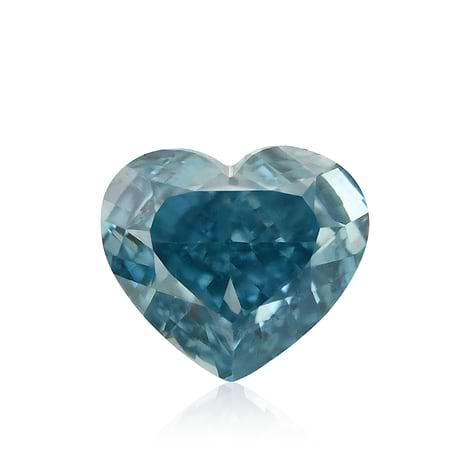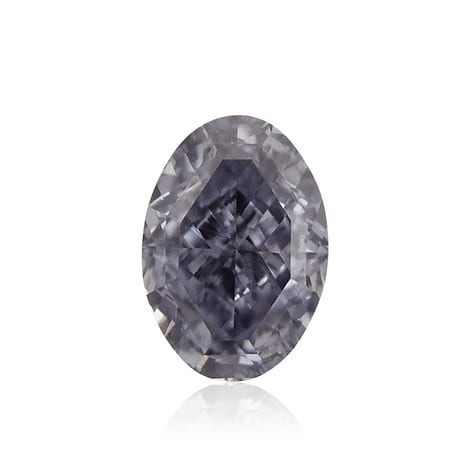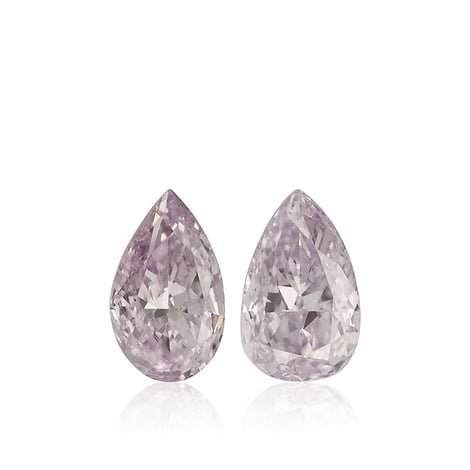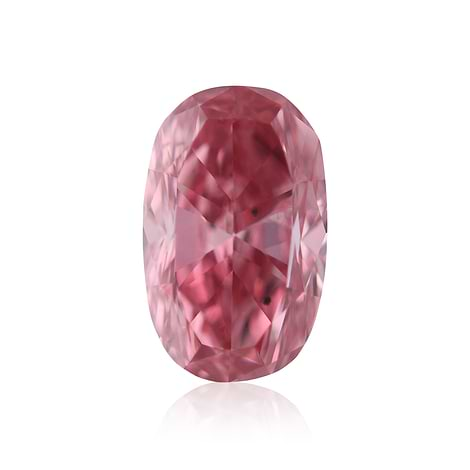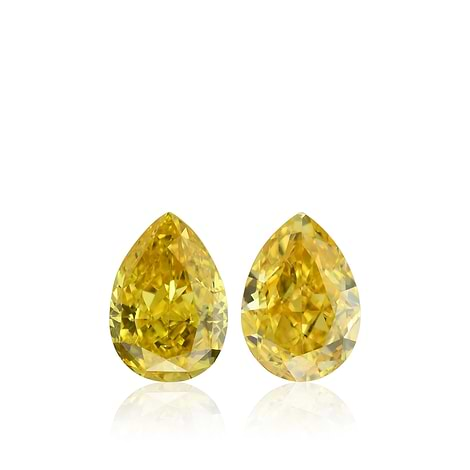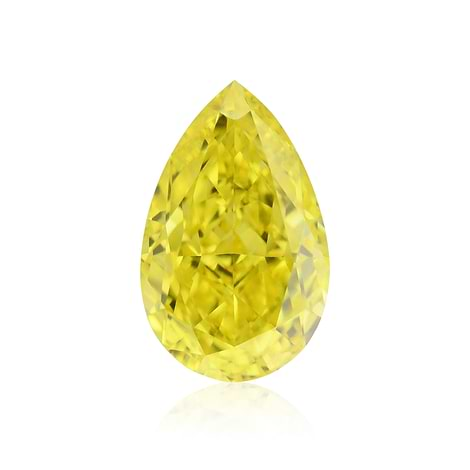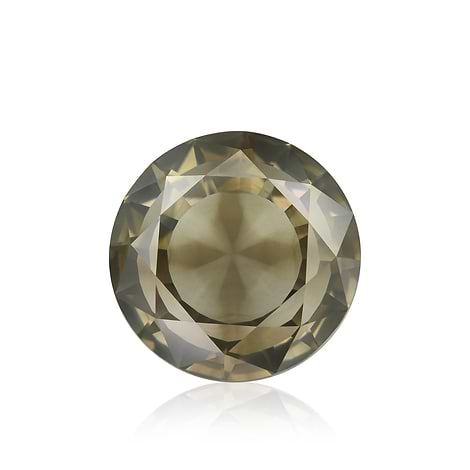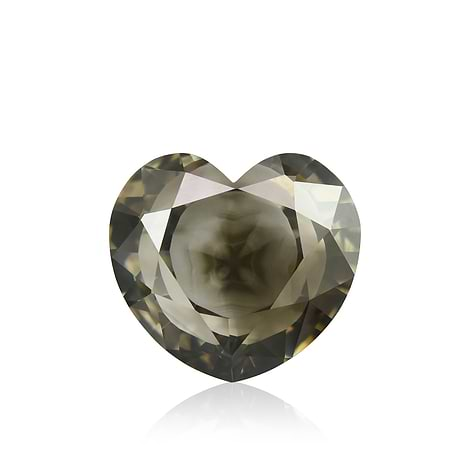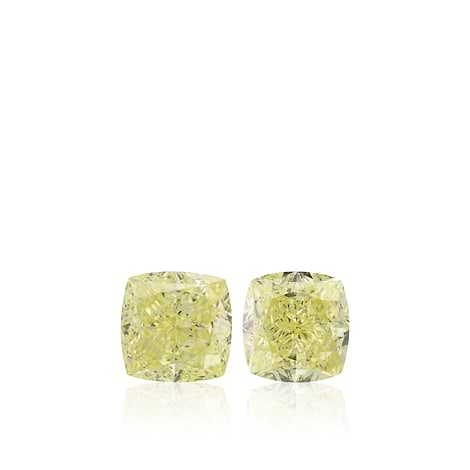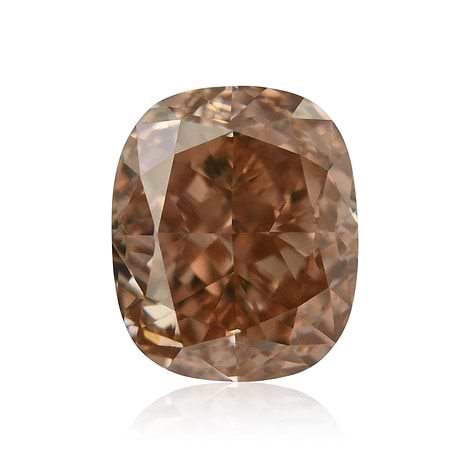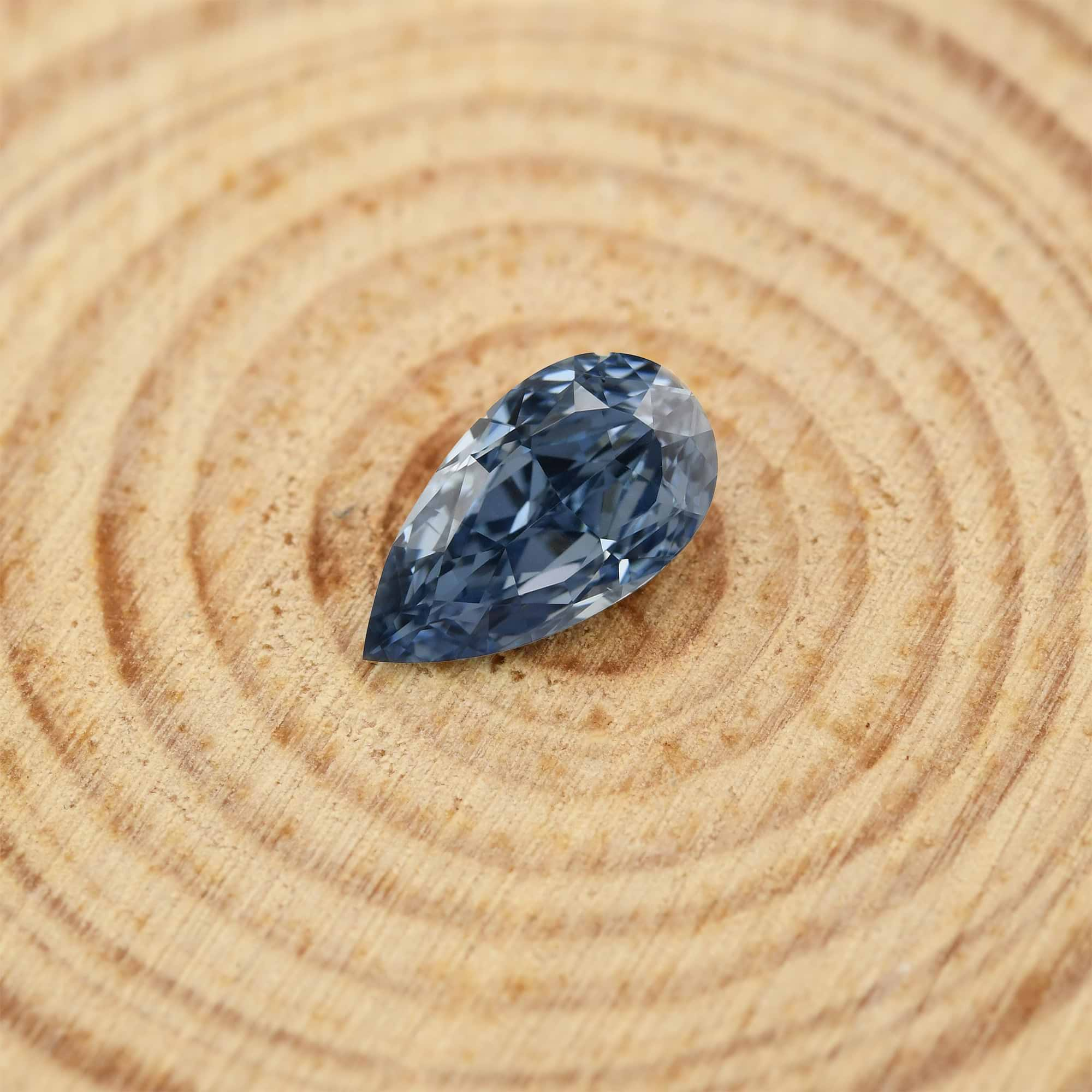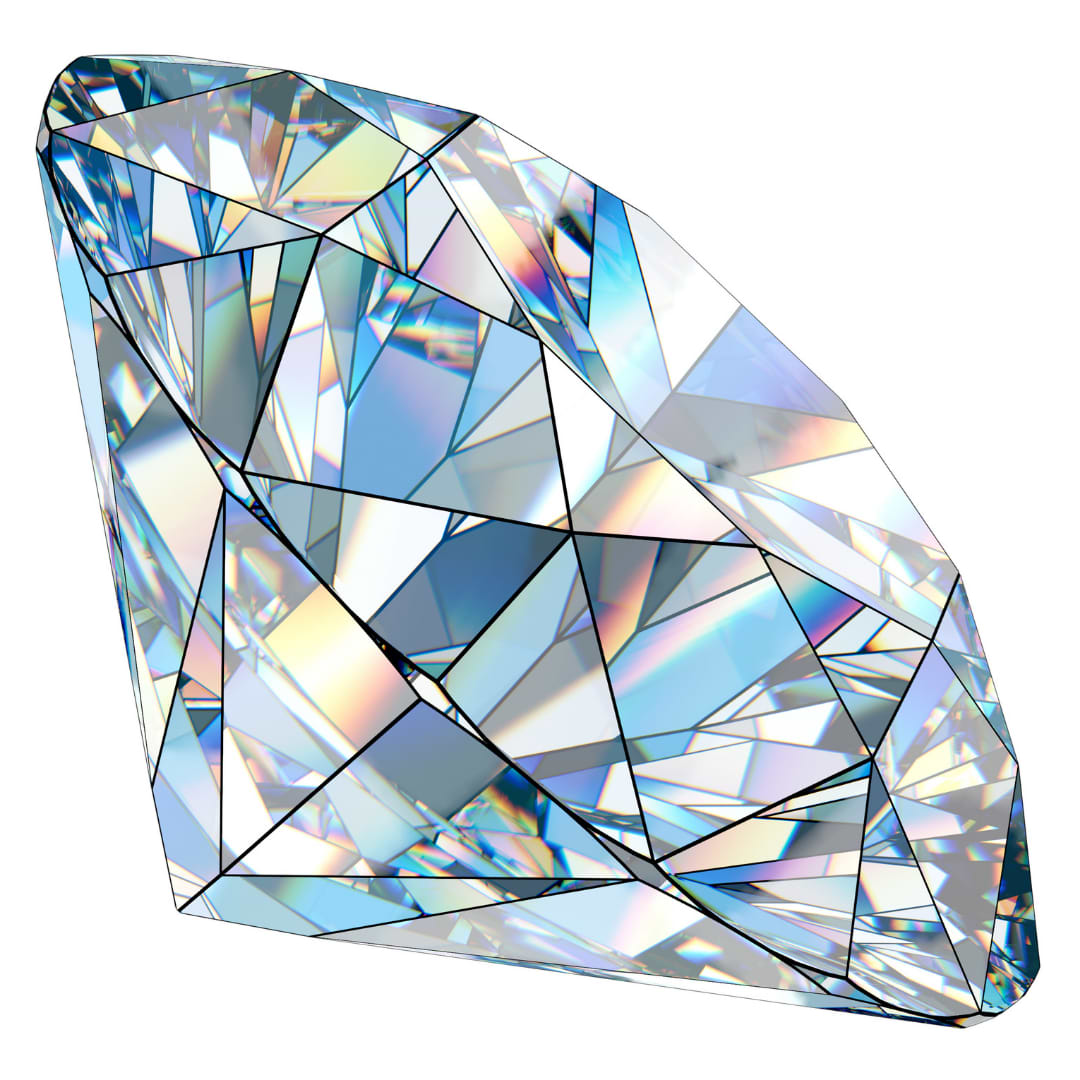A happy consumer is one who did the necessary research prior to purchasing an item. This is especially true for expensive commodities such as appliances, cars, and jewelry. Jewels containing gemstones and diamonds are especially susceptible to fraud because they add the majority of the value to a piece of jewelry, and unless you are educated in the field, you may find it difficult to discern between authentic gems and imposters.

0.69 carat, Fancy Intense Blue Diamonds, Radiant Shape, IF Clarity
Some people like to take matters into their own hands and learn everything they can so that they do not fall prey to the evil schemes of con artists. While this is certainly a good idea, middle ground is always the best way. What this means is that one shouldn’t solely rely on his or her amateur knowledge. Knowledge is power, and researching and learning as much as possible about jewelry, gemstones, and diamonds is extremely admirable, but there is another component. Consulting with a professional regarding the authenticity of your stone is a must. Having said that, one cannot only rely on the opinion of an “expert.” We say “expert” because you really can never be too safe, and must be able to know enough in case you happen to end up with an appraiser who is less than honest. In order to amply supply you with the necessary information, tricks, and tips that will help you assess a diamond properly, we have compiled a short checklist that every diamond shopper should have in mind while hunting for the perfect diamond.
Pay Attention to Details
In addition to the diamond itself, you should make a point of inspecting the entire jewelry piece. Under a loupe and using a pair of tweezers, you can gently tug at the prongs holding the diamond to see if they are intact. Loose prongs can result in a lost diamond, which even with the best insurance is not something someone wishes for himself or herself. Look for chips along the edges of the diamond and imperfections in the setting. Gold plated settings are great indicators of fake diamonds.
The Breath Test
The first thing you can do to know you are actually handling a real diamond is to breathe on it. If it is not real, it will fog up. If it is, it will fog up as well but then instantly defog. This is by no means the only test that will ensure you that you have a quality diamond, but it is a simple thing you can do that can help you differentiate between real diamonds and synthetic ones.
Buy a Quality Loupe
Having the right knowledge is often useless when you don’t have the necessary tools. You can know all there is to know about diamonds, but if you show up at a jewelry store to inspect a diamond empty-handed, you won’t get very far. That is why it is highly advisable to invest in a quality loupe, which is basically a magnifying glass that jewelers and appraisers use to assess diamonds. Then read a few articles about what to look for when louping a diamond. Through this tool one can detect imperfections, the precise cut, color, and other important factors, even if you are not an experienced diamantaire. You obviously won’t be able to give it a correct grade, but at the very least you will be able to discern between a real diamond (which has inclusions) and a synthetic ones (which appears flawless.) You will likely be able to see imperfections in the stone, and how they affect the table appearance.
Confirming the 4Cs
Knowing the difference between a real diamond and a fake one is only half the job. Getting a poor quality diamond for the price of a high-quality stone can be devastating. Using the knowledge that you have collected along with the loupe you have hopefully obtained, you can try your hardest to determine whether the 4Cs you have been quoted in regards to your diamond is accurate. Remember that diamonds of equal carat weight can differ in size, depending on where they carry the weight. Ideally, colorless diamonds should be as void of color as possible. Looking at stones through a loupe should be able to give you an idea as to whether the color grade of your stone makes sense or not. Clarity grades can be confirmed in a similar fashion and cut is something that you will have to let your eyes decide on, unless you are incredibly educated with diamond knowledge.
Comparing To Others
Now that so many different diamond dealers work online, you can literally compare your diamond stats and the prices quoted to you against hundreds of other options. This will enable you to ensure you are not offered something at a price way above or below the market value.
Certification
Lastly, do not ever buy a diamond without the proper certification. Going to reputable establishments will help you with all of the steps of locating a genuine, quality diamond, but whether you are purchasing from a store or dealer that has been recommended or not, make sure you have original documentation for your stone.
To summarize, buying a diamond does not have to be a daunting experience. The more you know, the more confident you will feel about your purchase. Combining your research with professionalism and personal recommendations will result in a dependable and beautiful stone that will bring you joy for years and years.
Working on a Fancy Light Yellow Oval Halo and Split Shank Ring (3.80Ct TW)

